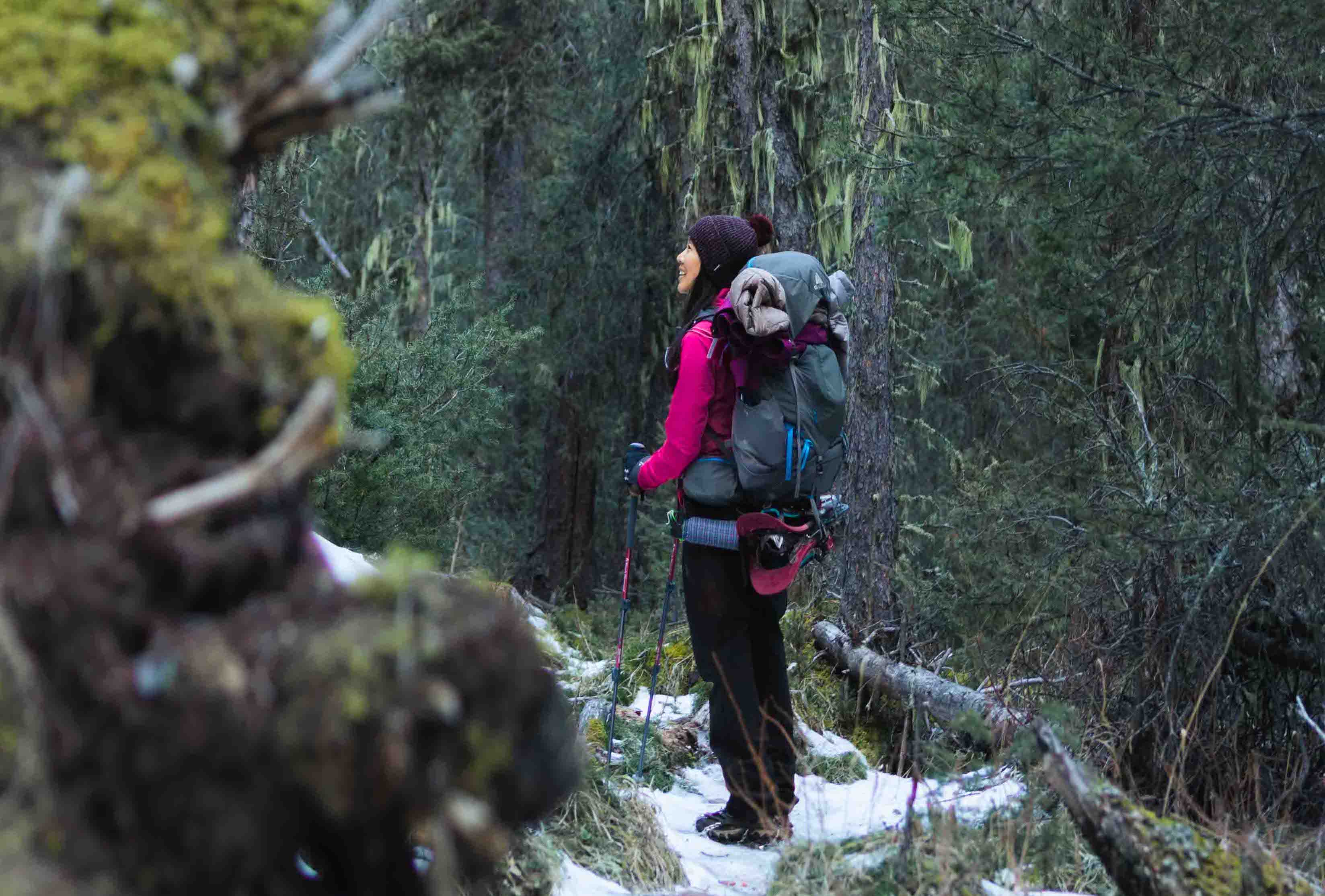
As outdoor adventurers, we’re sure that you often hear about abiding by the “Leave No Trace” principles. However, even if you follow those guidelines, did you know you could still be harming the trails that you love and enjoy?
In this blog post, we wanted to talk about invasive species which we could be accidentally introducing to the outdoor spaces we love. We’ll tell you about what invasive species are, how they impact us, why we should care, and most importantly learn practical steps to protect the places we love to hike in.
As people who just want to be outside, we understand that it’s easy to overlook how important it is to prevent the spread of invasive species, but it is crucial for preserving the integrity of the natural environments that bring us joy.
What are invasive species?
Invasive species are living organisms that appear outside of their normal range and negatively affect the environment, society, and economy of the newly invaded area. They could be plants, animals, insects, fish, fungus, and seeds – likely things that you’ve seen and thought were normal on your hiking trail.
They often arrive unintentionally, by hitching on firewood, gear, shoes, boating equipment, or even in unsuspecting hiker’s backpacks. Unlike native species, these invaders lack natural predators, allowing them to disrupt ecosystems by outcompeting and threatening native plants and animals.
If species are introduced and don’t harm the new environment, they are considered non-native species, but they could become invasive if there are no native predators to control them and as climates and ecosystems continue to change.
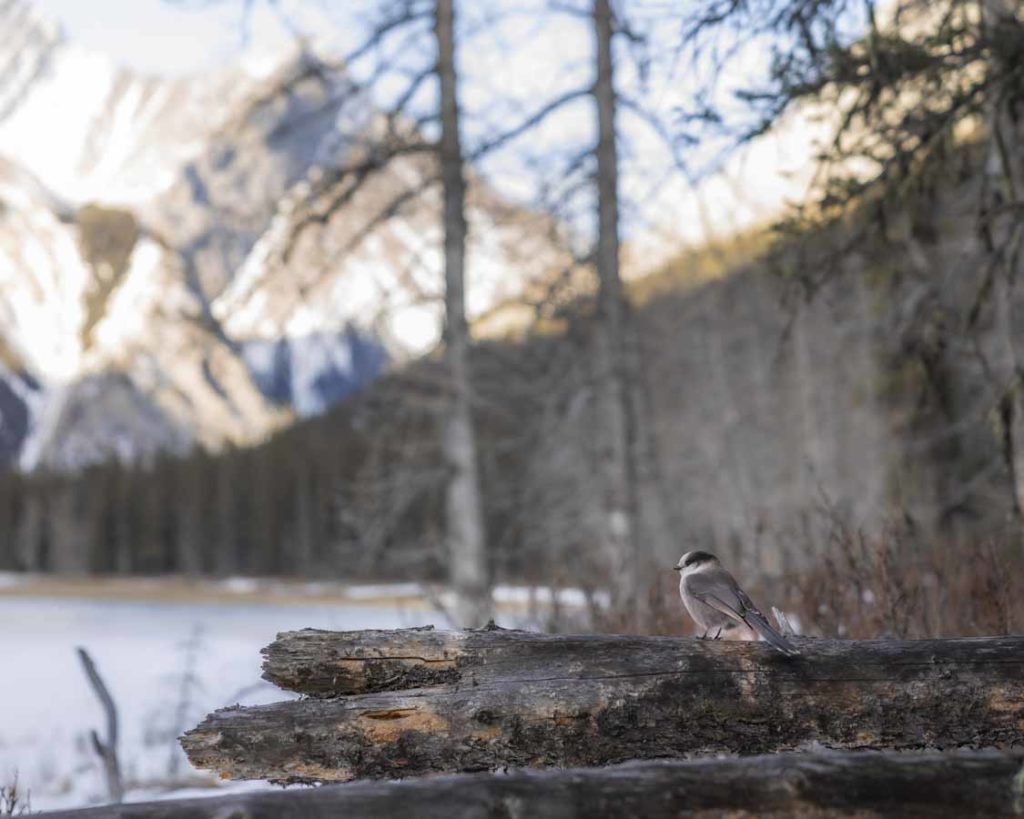
What are some examples of invasive species?
Here’s a jarring headline that should get your attention: “invasive species cost the world $423 billion every year and are causing environmental chaos”. That’s far too much for us to ignore.
To point out some internationally notorious examples from this CNN article, these include:
- Mosquitos that are spreading deadly diseases like malaria, Zika, dengue, and West Nile to new regions
- Dried, non-native shrubs in Maui that helped spread and fuel the Hawaii wildfire in 2022
- Brown tree snakes that destroyed entire bird populations in Guam
Further, some invasive species that can be easily spread by outdoor enthusiasts include:
- Garlic Mustard – this is likely a plant that you’ve run across on your hiking trail (they have little white flower buds and young leaves smell like garlic when crushed). Hikers’ boots and clothes could easily transport their seeds, which could lead to taking over the understory of forests quickly.
- Zebra mussels were native to Eurasia but colonized the Great Lakes in North America. They suffocate native mussels and cause harmful algae blooms, and they can be spread easily on boats that are not cleaned between uses in different lakes.
- The Emerald Ash Borer was introduced by moving firewood and responsible for Black Ash being considered a species at risk in Ontario.
One thing that surprised us was that there are more than 100 invasive species of plants in the Banff, Yoho, & Kootenay national parks, according to Parks Canada, some of which we thought were simply “pretty wildflowers” (like the Tall Buttercup and the Canada Thistle) while backpacking in the Rockies!
Why are invasive species bad?
Invasives damage ecosystems by changing habitats and competing with native animals for food and resources, leading to a cascade of negative impacts globally, including:
- Ecosystem disturbance and biodiversity loss: invasives take over resources and space, and they could threaten the survival of native species. According to The IUCN Red List of Threatened SpeciesTM, invasive alien species are one of the top causes of biodiversity loss and the second most common cause of species extinctions.
- Decrease in food sources and increase in diseases for animals and humans
- Economic toll: Globally, invasive species cost billions of dollars, affecting industries from agriculture to forestry. As an example, the cost of insect invasion alone is estimated at around 70 billion USD per year. One thing can lead to another — for example, crop damage can lead to job losses in associated industries, decreasing local spending and international trade. Governments must then spend an increasing amount of money on controlling invasive species, which is far more costly than investing in prevention. In Ontario alone, municipalities and conservation authorities spend $50.8 million annually combating invasives, according to the Invasive Species Centre!
- Lessened recreational opportunities: Hiking trails might not be as vibrant, and they could even be shut down to preserve natural habitats.
- Property damage and devaluation: If you’re a homeowner, you’ll want to pay attention. Invasive species can lead to property devaluation by damaging home foundations and driveways and compromising the aesthetics of surroundings. For example, in the UK, if there’s Japanese Knotweed near a property without a plan to manage them, British banks won’t issue a mortgage!
How are invasive species linked to the climate crisis?
Unfortunately, climate change intensifies the invasive species issue, including:
- Warmer winters that do not kill off invasives in the seasonal cycle but instead allow them to thrive
- Invasive plants that could be flammable and help spark and spread wildfires.
- Invasive insects that contribute to the amount of dead standing wood in forests, increasing the intensity of wildfires
The impact invasive species have on forest fires and killing trees in turn increases the release of carbon, further contributing to the acceleration of climate change.
Alberta recently announced an early start to the wildfire season in 2024 and invasives could impede natural ecosystem recovery. The environments that we love and where we enjoy our outdoor activities are inevitably changing, and we need to do whatever we can to prevent it from accelerating.
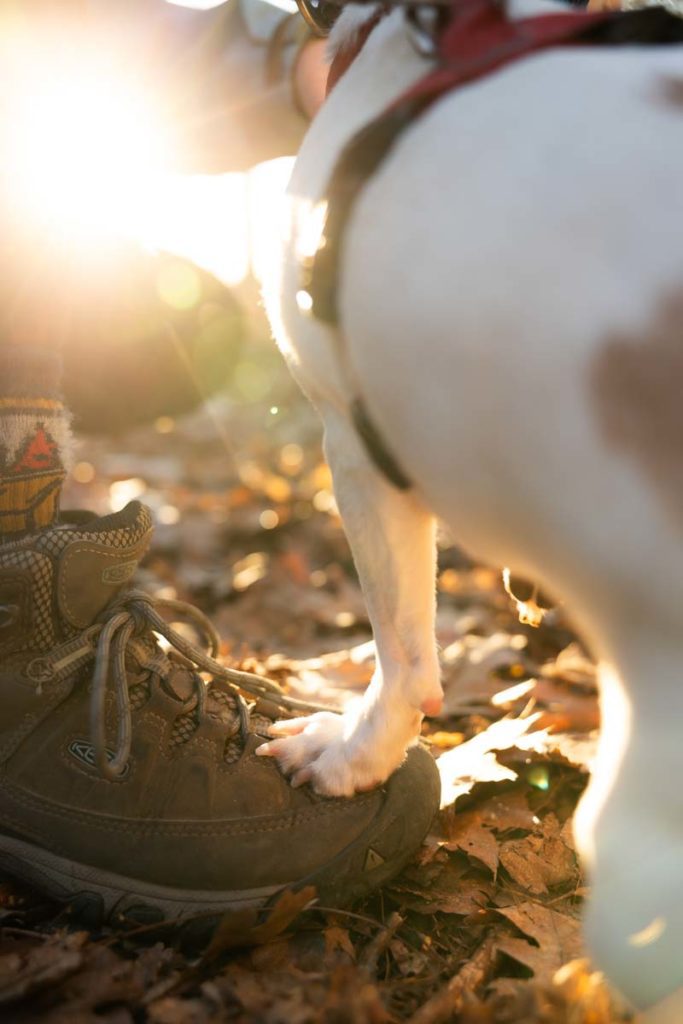
7 ways outdoor adventurers can be more eco-conscious
This post is not intended to scare you into avoiding the outdoors so that you can limit the spread of unwanted creatures! Instead, you should spread the word about it and practice some safeguarding measures. Here are some tips:
- Stay on path – This is often associated with “leaving no trace” to avoid erosion, but there’s more than one reason – it also lessens the chances of invasive seeds from spreading.
- Clean your gear before and after hiking – This removes hitch-hiking seeds, insects and micro-organisms. Don’t forget to wash your boots, boating equipment, bicycles, tents, etc after every adventure before using them in different locations. Some parks are starting to put boot brushes at trailheads, but they’re not widespread yet, so carrying a boot brush in your bag can certainly help.
Countries like New Zealand are extremely vigilant about keeping invasives out. All travelers must clean and declare their boots and other outdoors gear before entry (or else pay a large fine).
- Be careful with your pets – keep them on leash, and clean their fur and paws after every hike.
- Boaters should adopt the “Clean, Drain, and Dry” steps and dispose of live bait on land, away from the water to prevent accidentally releasing non-native species.
- Campers should not transport firewood from one location to another. This is why parks often sell firewood at the head office or have leftover wood at sites ready for use. Always be sure to buy local and burn local.
- Check for insects or excess mud/debris on your vehicle when doing a safety circle check around your car before traveling long distances.
- Stay educated and observant. Keep track of plants on designated apps and report invaders to authorities. When outside, pay attention to your surroundings and ask yourself – Are there new plants? Do the trees look healthy? The iNaturalist and EDDMapS apps are great resources to help you identify different species and report them.
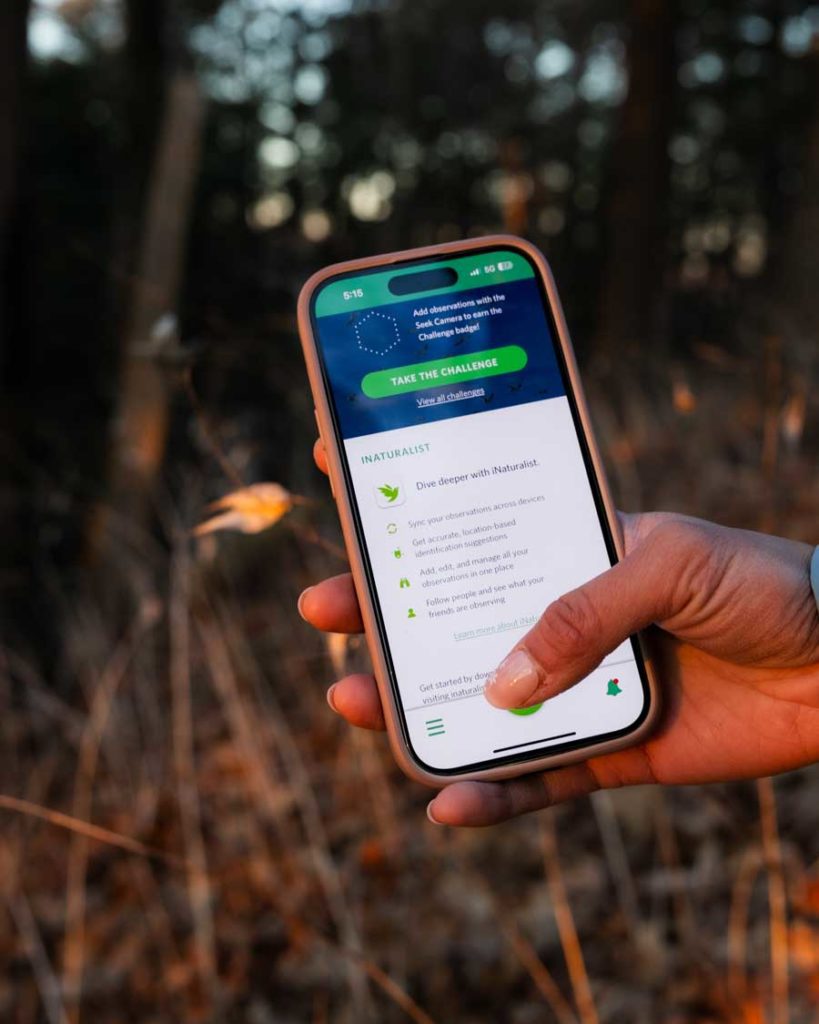
The Invasive Species Centre
Please share this knowledge with a fellow adventurer! Let’s not keep invasive species as an afterthought. The more we spread awareness, the stronger our collective impact.
For additional information and involvement, a great resource you can use is the Invasive Species Center, whose mandate is to prevent invasive species from spreading on land and in waterways. Thank you for being part of the community that cares for the trails.
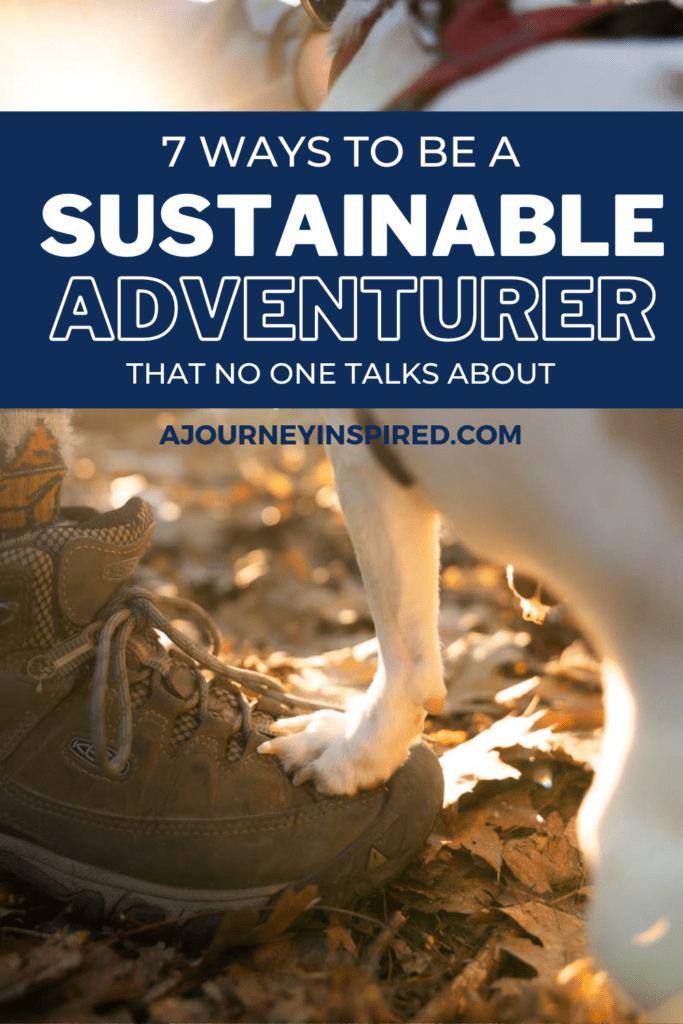
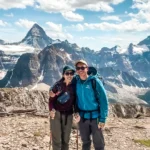

Leave a Reply